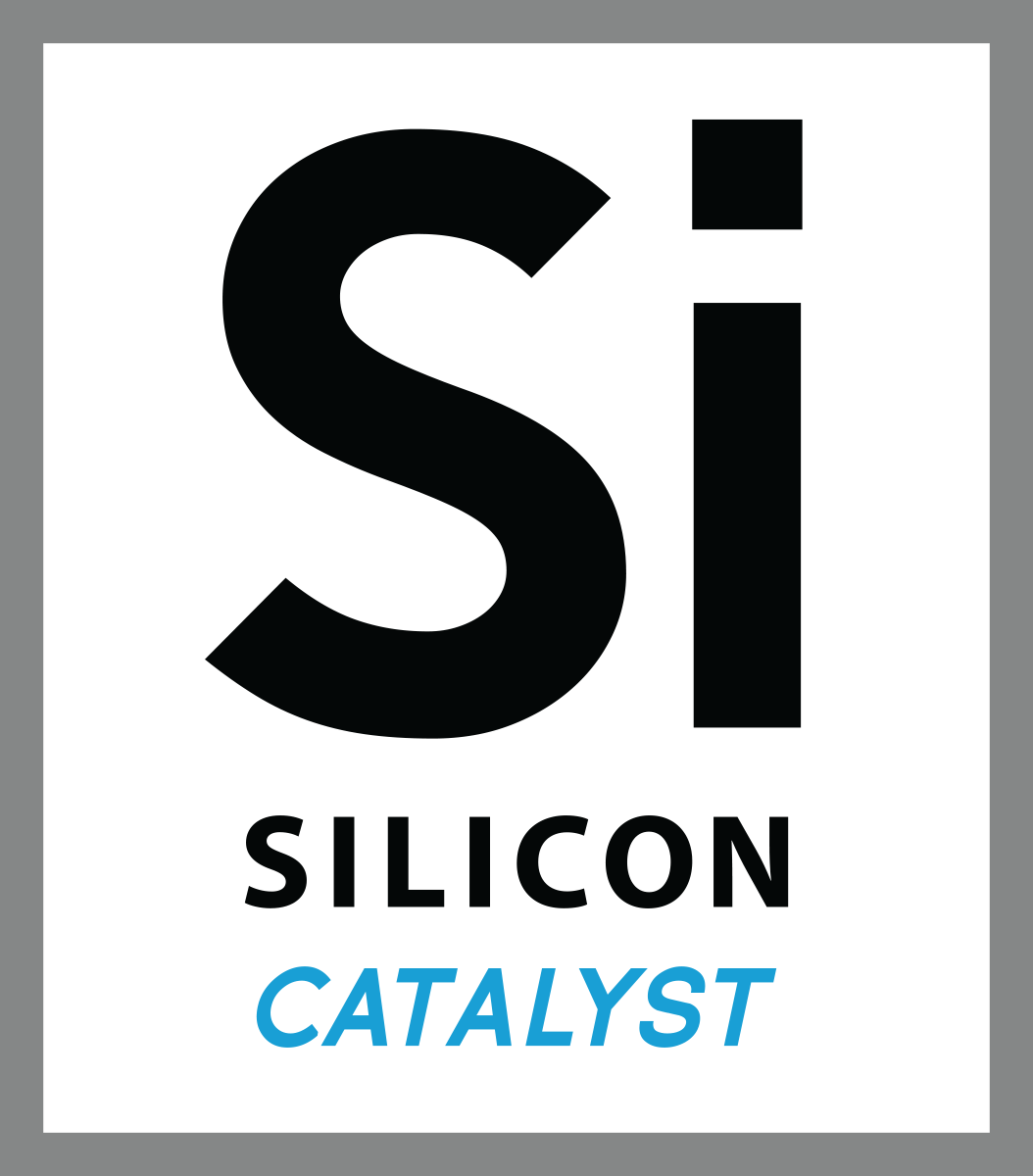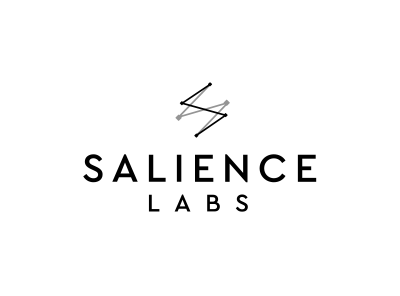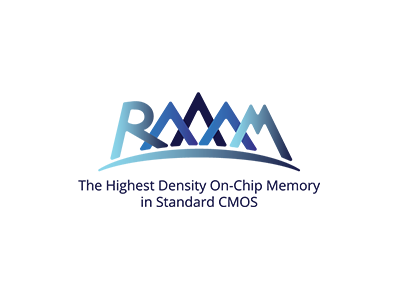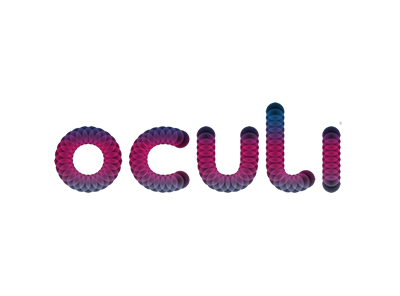It is forecast that there will be 62 billion connected devices by 2024 rising to 350 billion by 2030. This growth will be driven by a sensor enabled metaverse, the internet of things and edge computing along with industry initiatives such as tiny machine learning (tinyML). The usual definition of tinyML is running machine learning on embedded devices at an average of less than one milliwatt in power. This power requirement is important because it allows unattended devices running on batteries or energy harvesting. If we postulate that half of the 62 billion connected devices will be battery powered, and that of these batteries’ half will need to be replaced every year, this equates to 60M battery replacements needed per working day, which is infeasible.
Synthara
Synthara is focussed on delivering server-class, rapidly-customizable AI accelerators for the next-generation of edge inference applications. Synthara was spun-off from the Institute of Neuroinformatics (University of Zürich and ETH Zürich) in 2019 and its technology is built on the founders’ doctoral research in the field of artificial intelligence. The company is partnering with CSEM, a Swiss center of excellence in microelectronics, towards the development of a new AdaptiveStorm chip that will be available for sampling in Q3 2022. The company has recently launched the Adaptiva Early Adopter Program (Adaptiva EAP) to engage with customers that require complex AI models in their edge products.
Sonical
Your ears are unique and are an untapped resource of biometric information. Sonical is developing a technology platform of software and silicon that will enable ear worn product companies to build devices that change the way everyone hears the world. To do this we are transitioning the industry to Headphone 3.0 which enables a truly personal experience built on a new compute platform for audio and health data to create Blue Ocean opportunities. We are putting AI in your ears to enable thousands of developers to create new experiences, beyond audio, for ear worn products that are selected and controlled by the end user.
Siloxit
Siloxit manufactures and supports secure IoT devices and systems for high-value high-volume infrastructure applications.
Technology that promised to bring us prosperity, security and a better life has brought along a lot of problems that need to be fixed. The Internet of Things can be a solution, if implemented correctly. Transformers and transmission line towers are just two among many types of vulnerable infrastructure whose condition should be monitored in order to assure efficient and reliable operation of power grids.
SigmaSense
SigmaSense leads a fundamental technology transformation of the interaction between digital systems and the physical world, ushering in a new era of radically enhanced digital sensing. SigmaSense software defined sensing achieves breakthrough levels of speed, accuracy, resolution, and noise immunity previously deemed impossible. Sensing through the noise, SigmaSense increases the depth and quantity of data and insights that can be captured from the physical world to enable exciting new experiences and intelligent interactions in a wide range of devices including digital signage, automotive, mobile, outdoor interactive displays, industrial IoT, wearables and EV battery management.
Salience Labs
AI requires new hardware. On-chip integrated optics can provide orders of magnitude performance improvement. Salience Labs has a world-class solution backed by a decade of research from top research groups to address AI inferencing: a market expected to exceed $50B by 2025. Salience is developing an ultra-high throughput, low latency Photonic Tensor Processing Unit. The work has its origins in labs at the University of Oxford and Münster University.
Salience Labs uses a proprietary amplitude-based approach to photonics, resulting in small, dense photonic chips clocking at 10’s of GHz. This, combined with massively parallel performance (up to 64 beams parallel operations can be packed into a single beam of light), results in a high-density processing unit.
RAAAM Memory Technologies
RAAAM Memory Technologies Ltd. is an innovative embedded memory solutions provider, that delivers the most cost-effective on-chip memory technology in the semiconductor industry. RAAAM’s silicon-proven CMOS memory solutions can significantly reduce the area footprint and cost of almost any VLSI SoC or boost its on-chip storage capacity that can enable industry growth for applications in the areas of AR/VR, Machine Learning (ML), Internet-of-Things (IoT), Automotive and more.
Quadric.io
Quadric is an emerging semiconductor intellectual property (IP) licensing company developing an innovative general purpose neural processing unit (GPNPU) architecture. The Quadric GPNPU is targeted to run neural network (NN) inference workloads in a wide variety of edge and endpoint devices, ranging from battery operated smart-sensor systems to high-performance automotive or autonomous vehicle systems. Unlike other NPUs or neural network accelerators in the industry today that can only accelerate a portion of a machine learning graph, the Quadric GPNPU executes both NN graph code and conventional C++ DSP and control code. The Quadric GPNPU simplifies system-on-chip (SoC) architecture by replacing cumbersome two core and three core designs with a single-core subsystem that accelerates complete application code for image, video, audio, radar and other sensor datapaths.
Phinomics
Phinomics uses circular DNA, an early marker of genetic and environmental change, to diagnose disease and radically improve human health. By isolating and sequencing the circular genome (“the circulome”), we solve a genetic puzzle that unlocks a universal “stage-zero” diagnostic for disease. At scale, circulome data will revolutionize diagnostics and identify new therapies.
Oculi
Oculi® is a fabless company with an experienced team of semiconductor and vision experts, a spin-out of Johns Hopkins University, where the founder developed the underlying technology. Oculi enables vision solutions with the efficiency of human vision and the speed of machines. Oculi’s Technology will ultimately power “Smart” Anything.
NanoHydroChem
NanoHydroChem is an advanced materials company developing and commercializing nanomaterials for the next generation of energy storage applications.
Li-ion batteries are still using thirty-year-old technology. These iconic technologies are nearing end-of-life usefulness even as we create ever more exciting ways to use more energy. New battery materials are needed to increase the performance of batteries to meet future needs without significant changes in manufacturing processes. Furthermore, it is critical to move beyond the current battery materials such as nickel, cobalt, and magnesium due to supply chain and cost challenges. It is time to use the most abundant elements on the earth with mature manufacturing processes to commercialize the next generation of Li-ion batteries.












